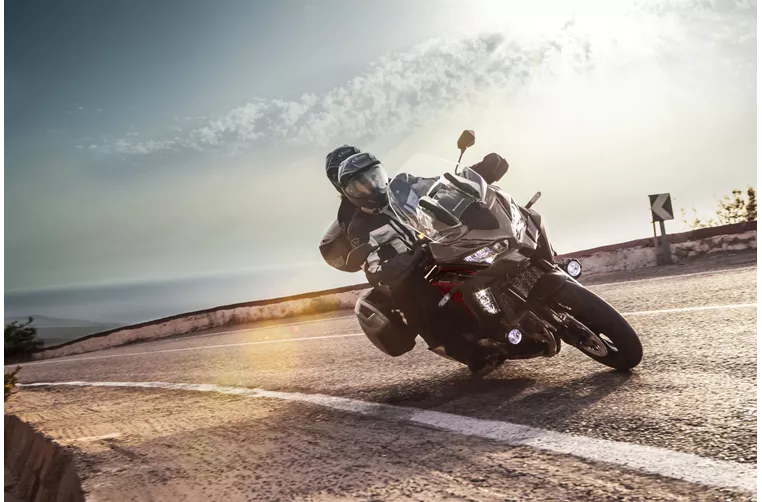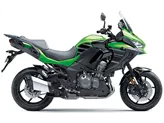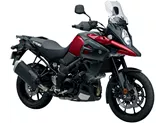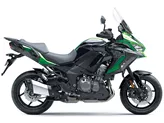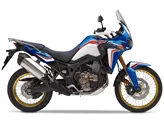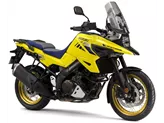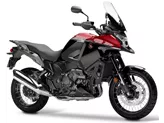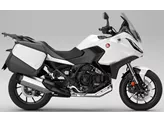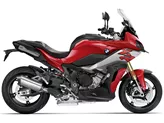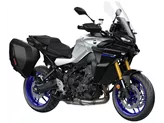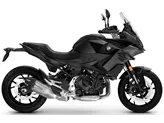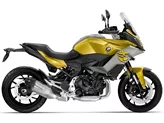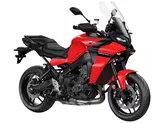Kawasaki Versys 1000 S 2021 vs. Kawasaki Versys 1000 2016

Kawasaki Versys 1000 S 2021
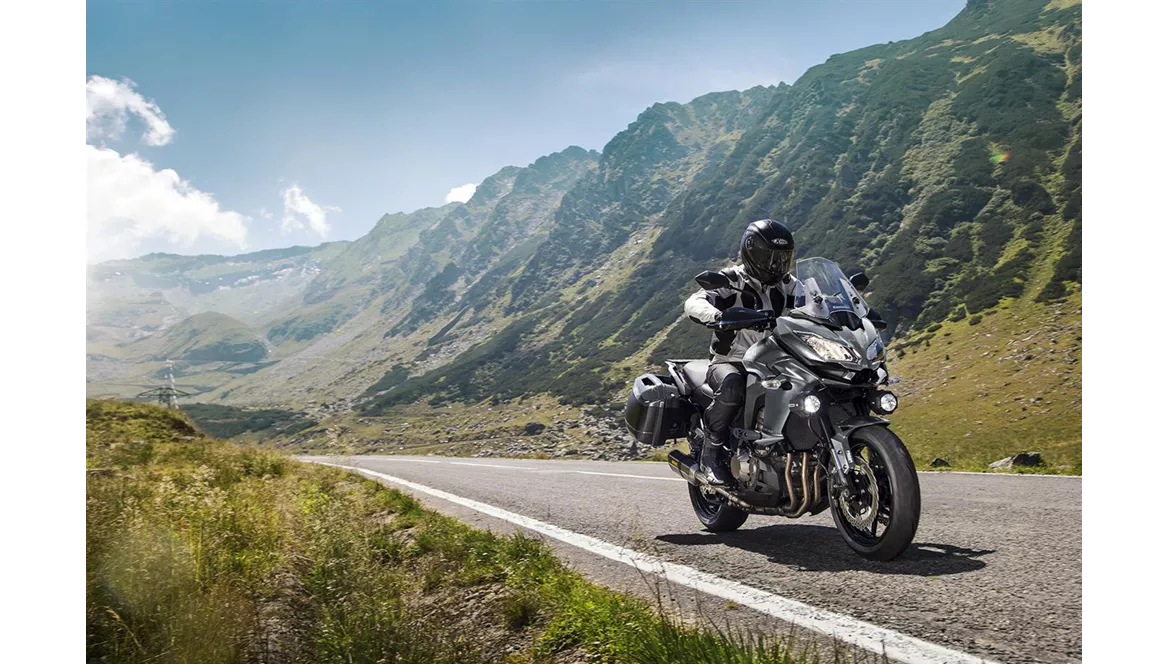
Kawasaki Versys 1000 2016
Overview - Kawasaki Versys 1000 S 2021 vs Kawasaki Versys 1000 2016
The Kawasaki Versys 1000 S model year 2021 and the Kawasaki Versys 1000 model year 2016 share many similarities in terms of their technical specifications. Both motorcycles have an in-line four-cylinder engine with a bore of 77 mm and a stroke of 56 mm. They both produce 120 horsepower and 102 Nm of torque, making them powerful and capable machines. The engines are started electrically, and the power is transmitted to the wheels through a chain transmission.
In terms of suspension, both motorcycles feature upside-down telescopic forks at the front. These forks can be adjusted for compression, preload, and rebound, allowing riders to fine-tune their suspension settings for optimal performance. The rear suspension also offers the same adjustability options.
Both the 2021 Versys 1000 S and the 2016 Versys 1000 have an aluminum frame, which provides a good balance of rigidity and lightweight construction. This contributes to the overall stability and handling of the motorcycles.
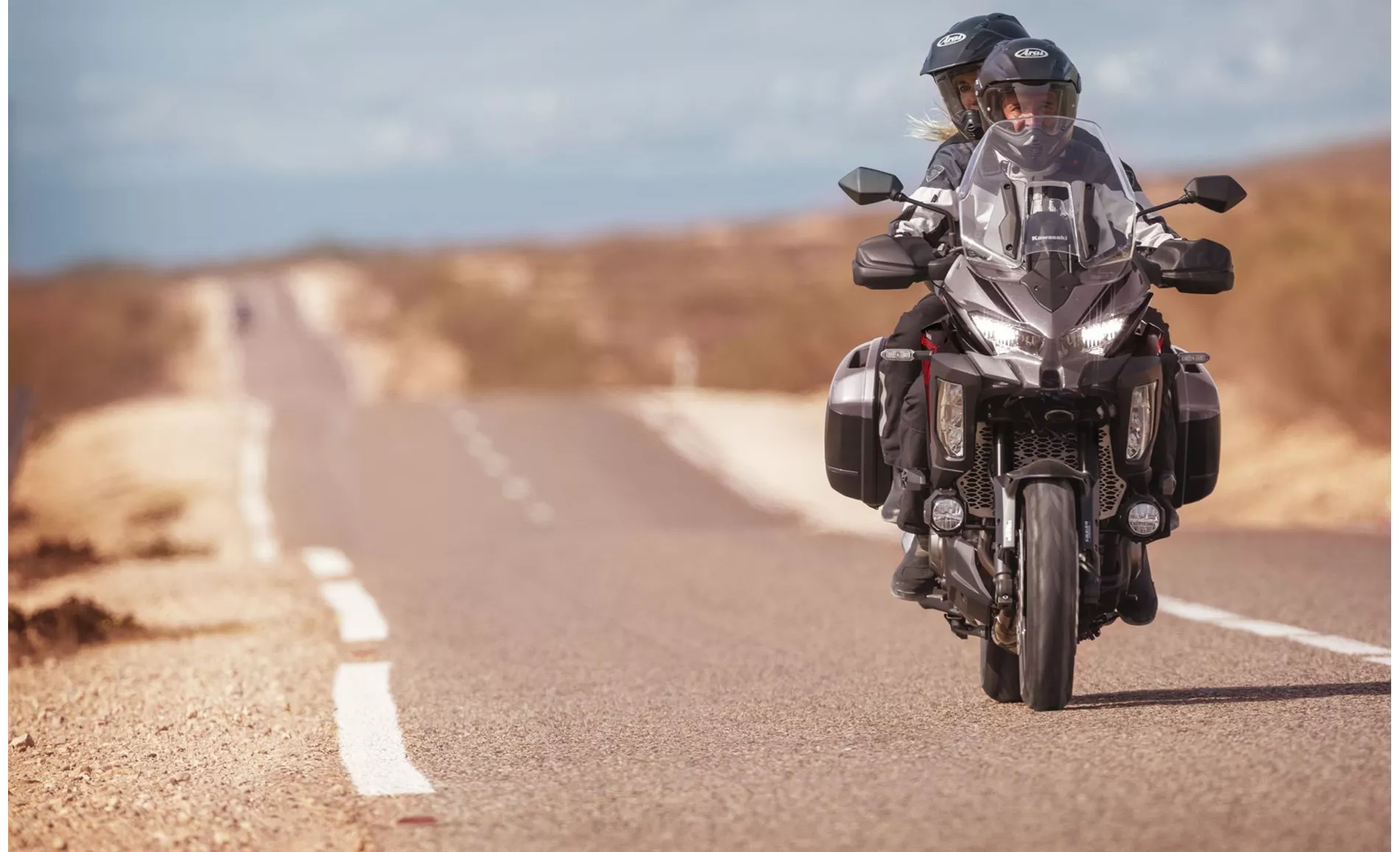
Kawasaki Versys 1000 S 2021
The braking systems on both models are also similar, with double disc brakes at the front providing excellent stopping power. The front tire diameter is 17 inches, while the rear tire width is 180 mm, with a diameter of 17 inches as well. These dimensions contribute to the motorcycles' stability and handling characteristics.
In terms of dimensions and weights, both motorcycles have a wheelbase of 1520 mm and a seat height of 840 mm. The fuel tank capacity is 21 liters, providing a decent range for long rides. The 2021 Versys 1000 S has a slightly higher curb weight of 257 kg compared to the 2016 Versys 1000, which weighs 250 kg with ABS.
When comparing the strengths of the two models, the 2021 Versys 1000 S offers a very comfortable seating position, thanks to its ergonomically designed seat and handlebars. The in-line four-cylinder engine is smooth and refined, providing a pleasant riding experience. The full electronics package, including features such as traction control and multiple riding modes, adds to the bike's versatility. The adjustable windshield allows riders to tailor the airflow to their preference. The braking system is well-controlled and offers good feedback. Additionally, the 2021 model has a distinctive look that sets it apart from its predecessor.
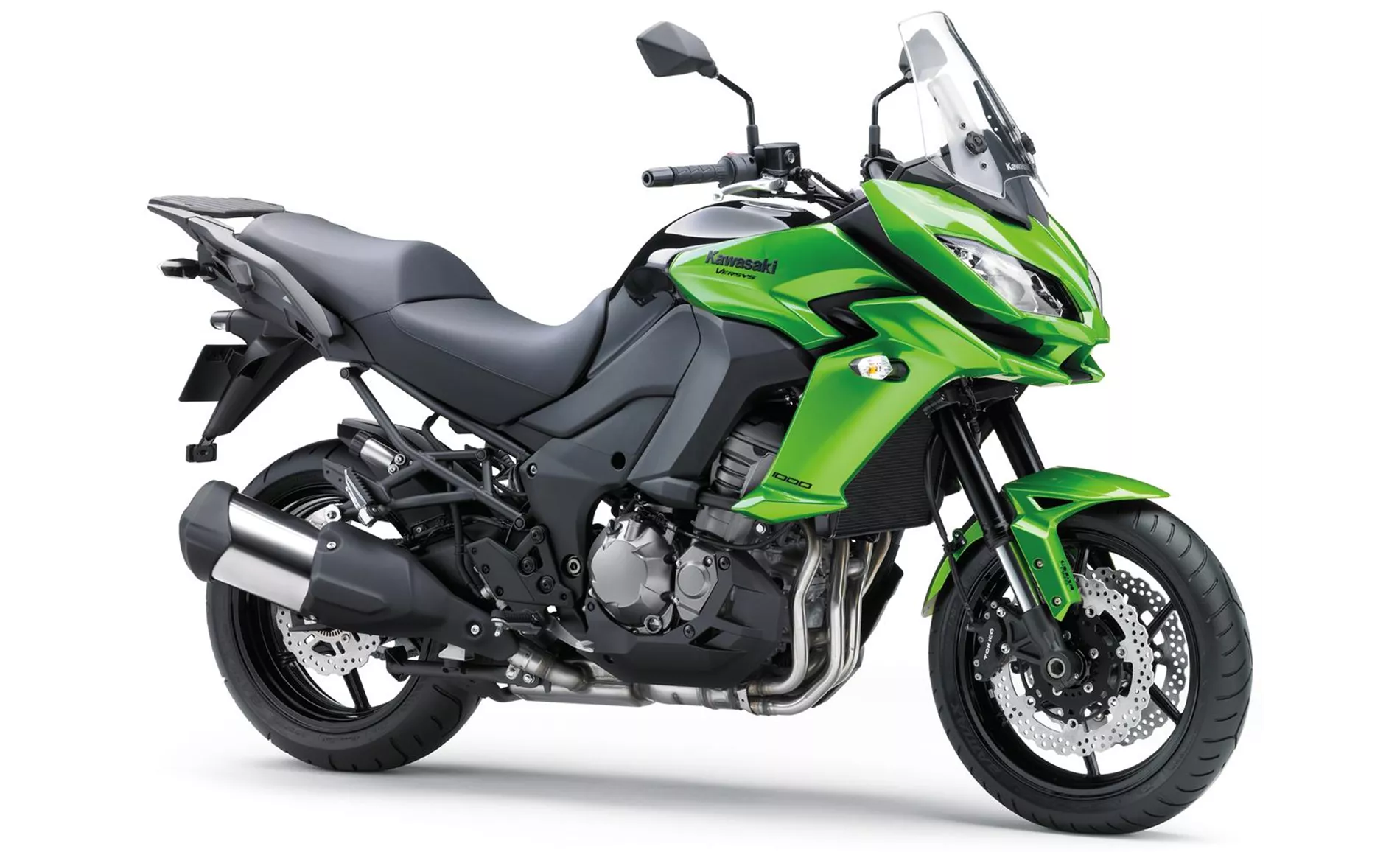
Kawasaki Versys 1000 2016
On the other hand, the 2016 Versys 1000 also has its strengths. It has a sporty look that appeals to riders looking for a more aggressive aesthetic. The seating position is comfortable, allowing for long rides without fatigue. The in-line four-cylinder engine is powerful and refined, delivering ample performance. The adjustable windshield, although only adjustable when stationary, still provides some flexibility. The chassis is stable and offers good handling characteristics. The braking system is well-controlled and provides reliable stopping power. The 2016 model also offers a clever range of accessories to customize the bike to the rider's preferences. Additionally, it has a comparatively lower price compared to the 2021 model.
In terms of weaknesses, the 2021 Versys 1000 S has a windshield that is not adjustable with one hand, which may be inconvenient for riders who want to make quick adjustments on the go. On the other hand, the 2016 Versys 1000's windshield can only be adjusted when the bike is stationary. Additionally, the gear indicator on the 2016 model is an optional extra, which may be seen as a drawback for some riders.
In conclusion, both the Kawasaki Versys 1000 S 2021 and the Kawasaki Versys 1000 2016 are capable and well-equipped motorcycles. The 2021 model offers a more comfortable seating position, a full electronics package, and a distinctive look. The 2016 model, on the other hand, has a sportier appearance, a lower price, and a range of clever accessories. Riders should consider their priorities and preferences to choose the model that best suits their needs.
Technical Specifications Kawasaki Versys 1000 S 2021 compared to Kawasaki Versys 1000 2016
Pros and Cons in comparison
Pros and Cons in comparison
Kawasaki Versys 1000 S 2021
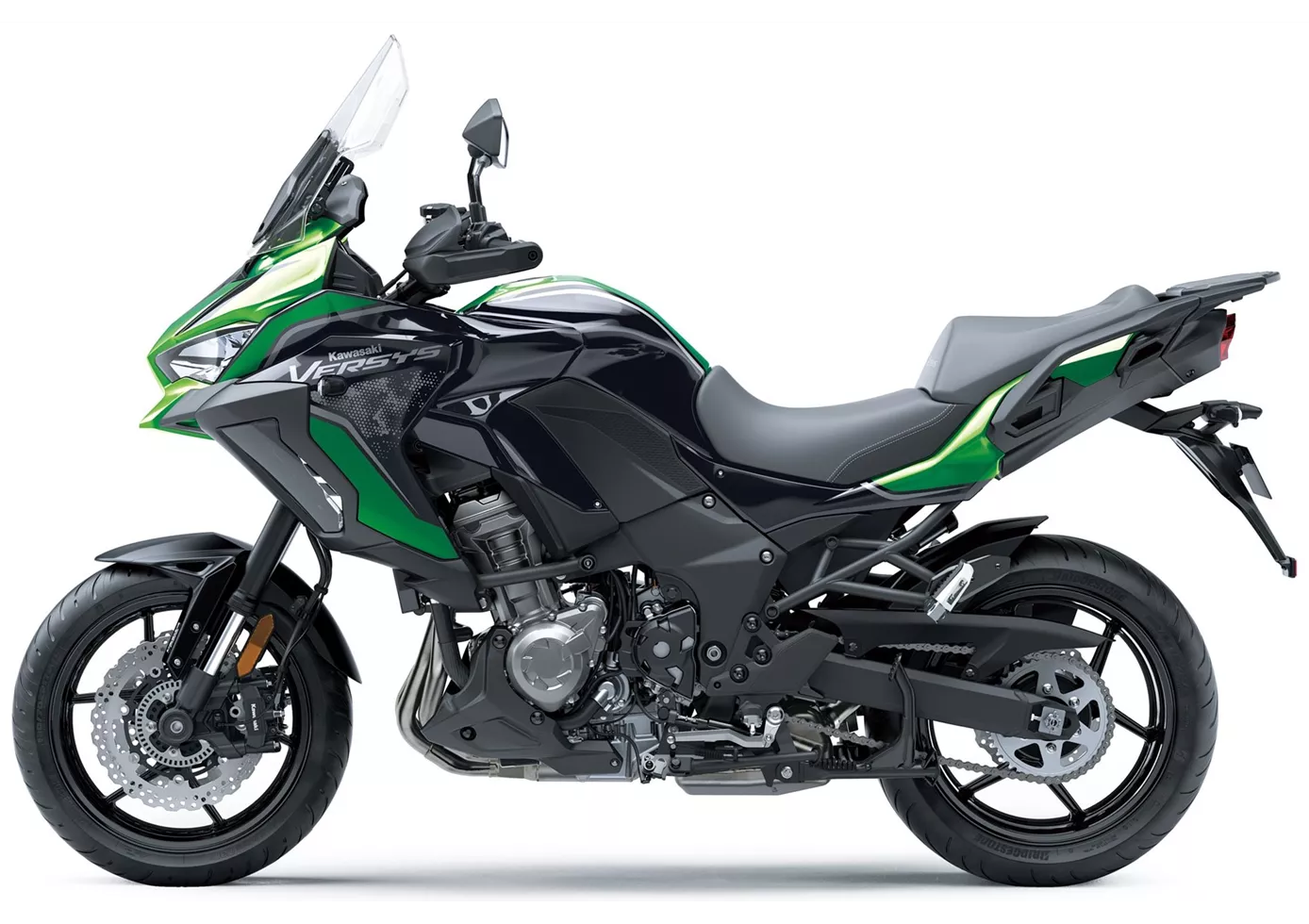
The supposedly less well-equipped Versys 1000 S merely dispenses with the electronically adjustable chassis of the SE - and thus offers almost the same performance as the top model. This means that the S also has all the comfort features on board that make a long journey not only bearable, but really enjoyable. You don't necessarily feel the few kilos less than the SE, but the S is also an ideal companion on long tours when comfort and uncomplicated handling are paramount.
Kawasaki Versys 1000 2016
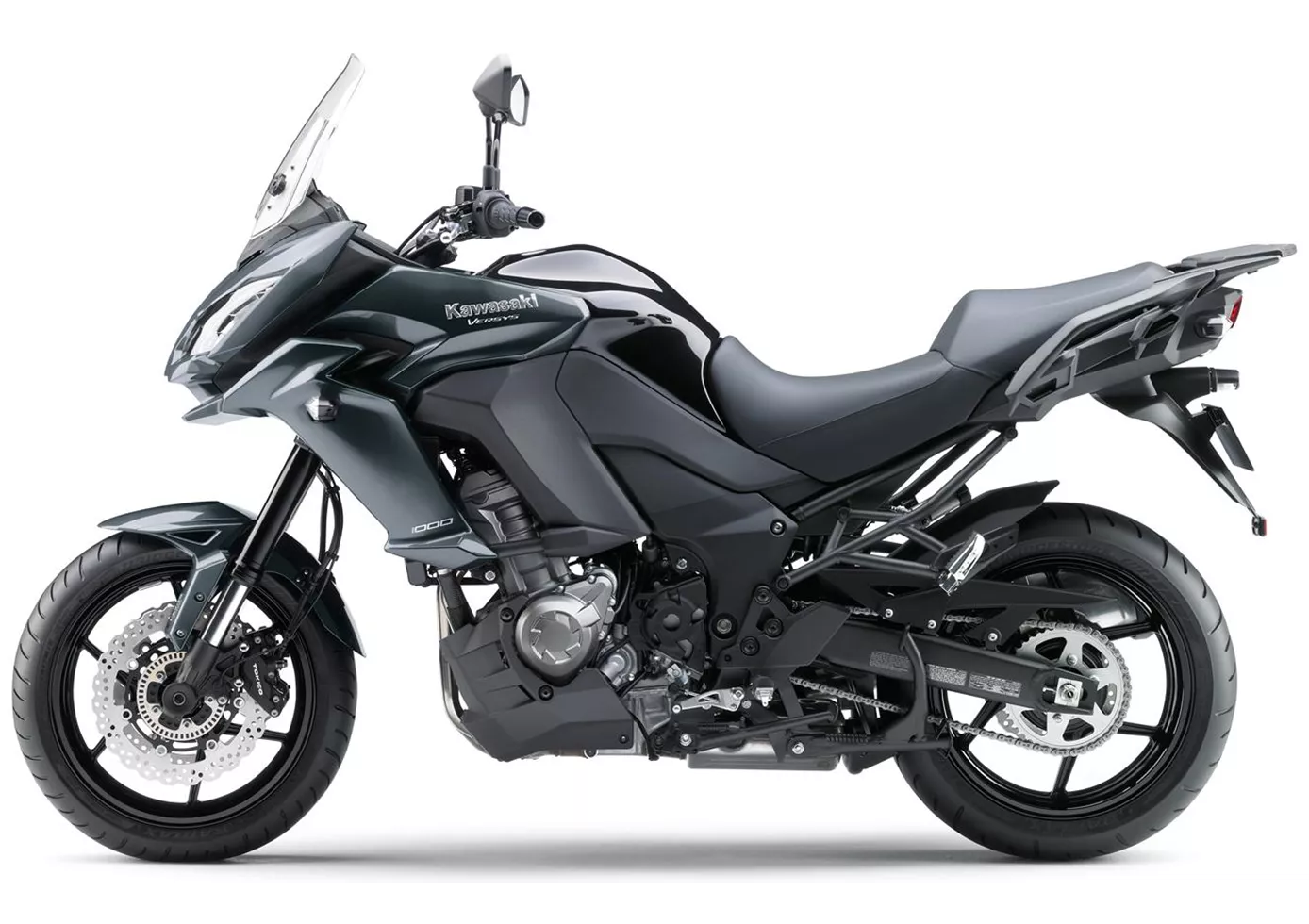
The Kawasaki Versys 1000 is not a completely new model - even if it looks like one from the design point of view. The look has been cleverly adapted to the current aggressive Kawasaki line with two pointed headlights and many edges at the front. Technically, on the other hand, it has been cautiously upgraded - but quite sensibly. Two additional horsepower boost the output to 120 hp, which is excellent to ride thanks to the wonderful in-line four-cylinder characteristics. The chassis corresponds to the sporty demands of a Kawasaki, but the ergonomics and comfortable seating position allow for long journeys - just like a big enduro. With useful accessories such as a pannier set, top case, heated grips and additional headlights, the Versys 1000 becomes a serious long-distance tourer - the comparatively low base price makes these gimmicks quite affordable.
Price Comparison Avarage Market Price Kawasaki Versys 1000 S vs Kawasaki Versys 1000
There are a few key differences between a Kawasaki Versys 1000 S 2021 and a Kawasaki Versys 1000 2016. In terms of price, the actual average price of a Kawasaki Versys 1000 S 2021 is about 37% higher. Compared to Kawasaki Versys 1000 2016 there are more Kawasaki Versys 1000 S 2021 bikes available on the 1000PS.de Marketplace, specifically 8 compared to 7. It takes less time to sell a Kawasaki Versys 1000 with 88 days compared to 93 days for the Kawasaki Versys 1000 S. Since model year 2021 1000PS.de editors have written 5 reviews for the Kawasaki Versys 1000 S and 19 reviews for the Kawasaki Versys 1000 since model year 2012. The first review for the Kawasaki Versys 1000 S was published on 04/11/2020 and now has more than 49,600 views. This compares to more than 8,400 views for the first review on Kawasaki Versys 1000 published on 07/11/2011.
